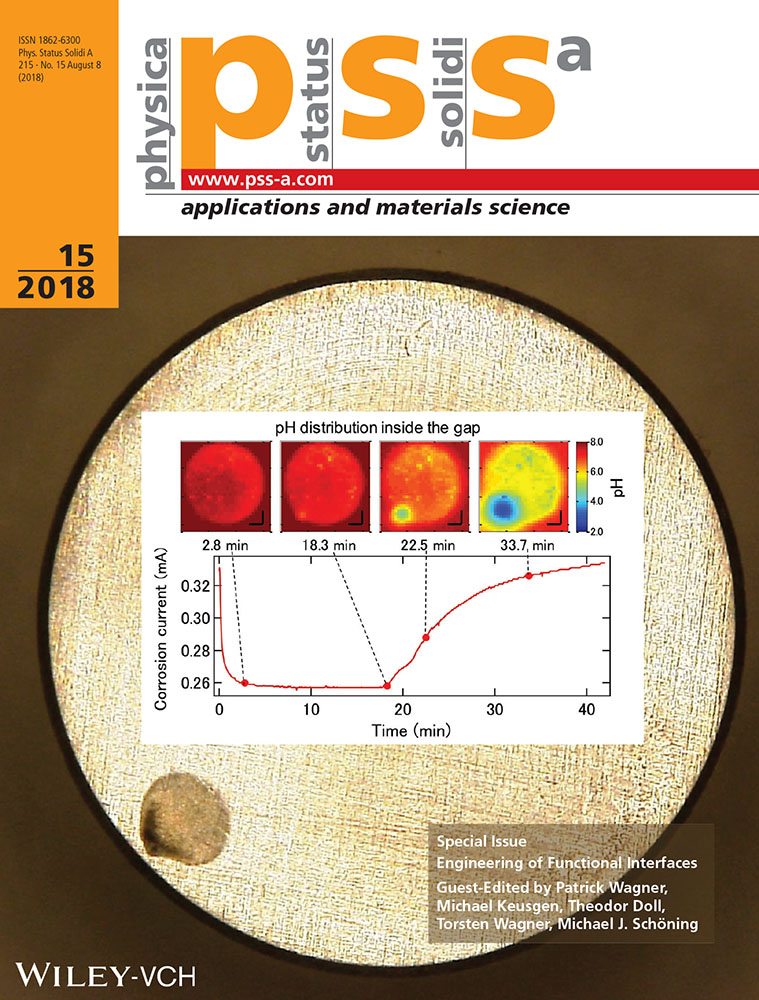Experimental and Numerical Analyzes of a Sensor Based on Interdigitated Electrodes for Studying Microbiological Alterations
Abstract
In this work, a cell-based biosensor to evaluate the sterilization efficacy of hydrogen peroxide vapor sterilization processes is characterized. The transducer of the biosensor is based on interdigitated gold electrodes fabricated on an inert glass substrate. Impedance spectroscopy is applied to evaluate the sensor behavior and the alteration of test microorganisms due to the sterilization process. These alterations are related to changes in relative permittivity and electrical conductivity of the bacterial spores. Sensor measurements are conducted with and without bacterial spores (Bacillus atrophaeus), as well as after an industrial sterilization protocol. Equivalent two-dimensional numerical models based on finite element method of the periodic finger structures of the interdigitated gold electrodes are designed and validated using COMSOL® Multiphysics software by the application of known dielectric properties. The validated models are used to compute the electrical properties at different sensor states (blank, loaded with spores, and after sterilization). As a final result, we will derive and tabulate the frequency-dependent electrical parameters of the spore layer using a novel model that combines experimental data with numerical optimization techniques.
Conflict of Interest
The authors declare no conflict of interest.




